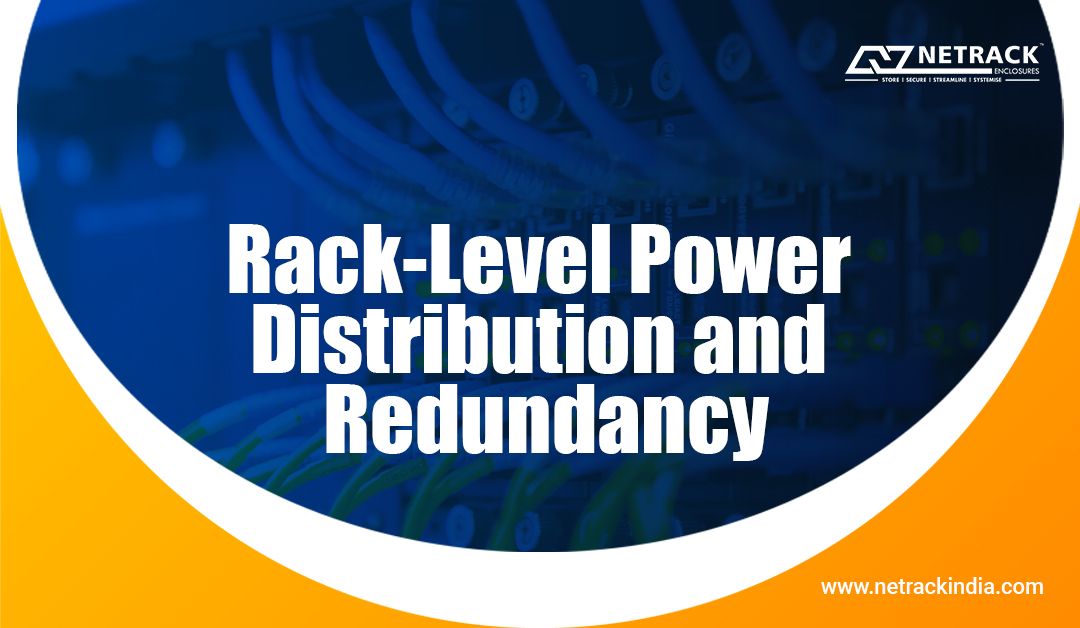
Rack-Level Power Distribution and Redundancy
In the realm of data centers, maintaining an uninterrupted power supply is paramount. With the ever-increasing demands for data processing and storage, adopting robust power distribution and redundancy strategies is crucial. One of the critical components in achieving this goal is rack-level power distribution and redundancy.
Why do you need a certified PDU?
Power distribution units (PDUs) are the backbone of IT infrastructure, delivering reliable power to critical equipment in data centers and other IT Setups. Certified PDUs undergo rigorous testing and meet industry safety, quality, and efficiency standards. They are designed and manufactured with high-quality components, guaranteeing stable power distribution without fluctuations or surges that could potentially damage sensitive equipment.
Reliable PDUs minimize the risk of power outages, equipment failures, and costly downtime. Hence, ensuring high-quality and certified PDUs is of utmost importance to ensure electrical systems’ reliability and optimal performance. Any compromise on the quality of the PDU will lead to a compromise of the whole infrastructure.
Rack-level power distribution refers to power distribution within individual IT racks in a data center. It involves the installation of PDUs directly within each rack, allowing for localized power management and control. This approach eliminates the need for long power cables, reduces energy loss, and offers enhanced flexibility in power allocation.
Advantages
- Rack-level power distribution enables easy scalability of power capacity within a data center.
- Rack-level power distribution reduces energy losses and improves overall power efficiency by minimizing power cable lengths.
- With individual PDUs within each rack, power maintenance or upgrades can be performed on specific racks without affecting the entire facility. This modularity streamlines maintenance operations and minimizes downtime.
Role of redundant PDUs
Redundancy is a crucial aspect of data center infrastructure, and rack-level power distribution can significantly contribute to its implementation. It is critical to mitigating network failures and power outages, providing a robust and resilient infrastructure. Redundancy in office networking refers to implementing backup systems and components to maintain network availability during failures or disruptions. By introducing redundancy at various levels of the network infrastructure, organizations can minimize downtime, ensure seamless connectivity, and mitigate the risk of data loss.
PDUs are vital in delivering reliable power to networking equipment in office environments. Redundant PDUs contribute significantly to the overall redundancy of the network infrastructure by providing backup power paths. Redundant PDUs and uninterruptible power supply (UPS) systems ensure continuous power availability to critical networking devices.
In a power outage or disruption, each essential enterprise equipment with two power sources should be connected to two PDUs. If one is down, the other can be in action and ensure the infrastructure is running. This is possible since redundant PDUs have backup power sources that can seamlessly switch power supply, preventing network downtime and preserving data integrity.
Enhancing reliability and resilience
Hence, redundant PDUs equipped with advanced monitoring and management capabilities enable proactive power usage maintenance and monitoring. Through centralized management software, IT administrators can remotely monitor the power status, load levels, and power consumption of individual PDUs. This visibility allows for better planning, identifying potential issues, and ensuring the health of the power distribution infrastructure.




